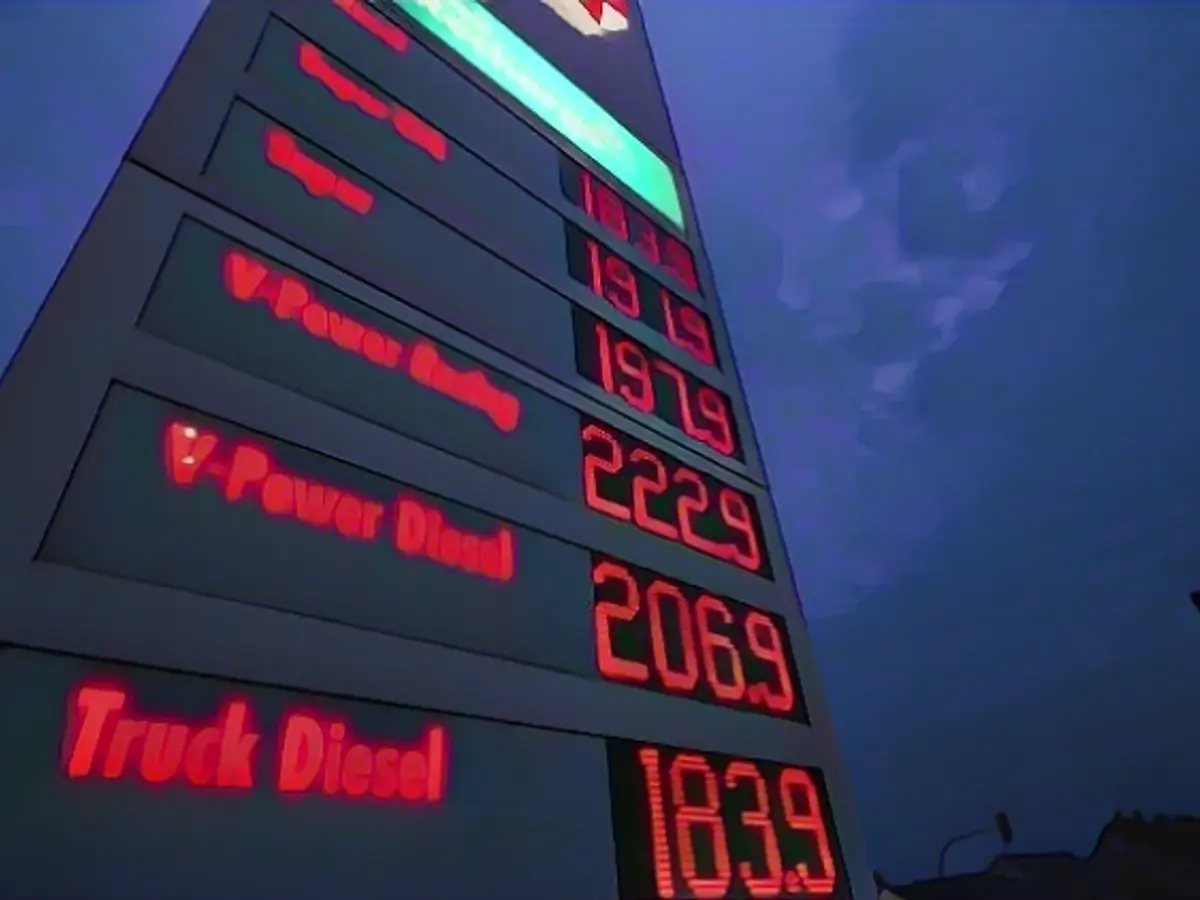Petrol prices have remained surprisingly stable lately, hitting levels last seen at the end of March 2023.
Just take a look: The nationwide average for a liter of Super E10 is currently sitting at 1.756 euros. Surprisingly, it's even a cent cheaper than a week prior, according to the ADAC. And diesel drivers aren't far behind, paying an average of 1.741 euros for a liter, representing an 0.8 cent reduction from the previous week.
The steady crude oil price is, in part, responsible for this stability. The ADAC sees "potential for further price reductions" for fuel, especially considering the euro's continued appreciation against the dollar. Remember, crude oil is denominated in dollars.
Now, if you delve deeper into the global petrol price picture, you'll find a complex web of influencing factors. Oil prices play a significant role, yes, but they're also impacted by government policies and seasonal demand.
Oil price projections for 2024 and 2025 paint a mixed picture. While there's an expectation of a gradual decline, reaching an average of USD 73 per barrel in 2025, geopolitical tensions have caused some unexpected surges. For instance, Brent crude oil surged to USD 80 per barrel in early 2025, following U.S. sanctions on Russian oil exports.
Regional variations in diesel prices are another important consideration. For example, a 10% change in oil prices leads to a 7% change in diesel prices in the U.S., but only 3% in Germany, due to differences in government policies and taxes.
The U.S. retail gasoline prices, too, are expected to experience a downward trend in 2025 and 2026, driven primarily by lower crude oil prices and seasonal demand changes. The U.S. Energy Information Administration forecasts a decrease of 11 cents per gallon in 2025, followed by another 18 cents per gallon in 2026.
Seasonality also plays a role in petrol prices. Prices typically decrease during the cooler months due to lower consumer demand and cheaper winter-blend gasoline formulations. But in the spring and summer, prices tend to increase due to the switch to more expensive summer-blend gasoline.
So, while petrol prices have remained surprisingly stable lately, there's a whole world of factors at play, from oil prices and government policies to seasonal demand. And despite current trends, the future remains driven by a complex interplay of these various forces.




